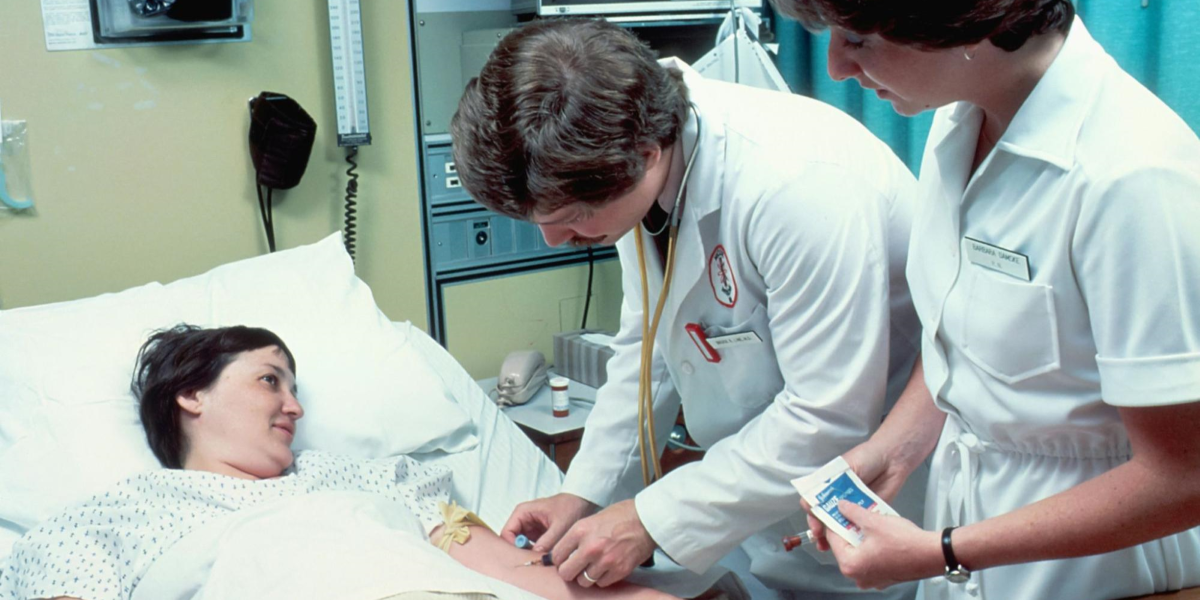September is recognized as National Sickle Cell Awareness Month, a time dedicated to raising awareness about Sickle Cell Disease (SCD), a genetic blood disorder that affects millions of people worldwide. Throughout the month, organizations, healthcare professionals, and advocates work to educate the public about the challenges faced by individuals living with SCD while highlighting the importance of early diagnosis, treatment options, and research for a cure.
Understanding Sickle Cell Disease
Sickle Cell Disease is an inherited blood disorder where red blood cells, which are typically round and flexible, become shaped like a sickle or crescent moon. These sickle-shaped cells are rigid and can get stuck in small blood vessels, blocking blood flow and leading to severe pain, organ damage, and other complications. SCD primarily affects people of African, Mediterranean, Middle Eastern, and South Asian descent, with around 100,000 people living with the disease in the U.S. alone.
The condition can cause a wide range of health problems, including severe pain crises (also known as sickle cell crises), increased risk of infections, strokes, and damage to organs like the liver, kidneys, and lungs. The pain and complications associated with SCD often lead to frequent hospitalizations and reduced quality of life for those affected.
The Importance of Early Diagnosis and Treatment
Early diagnosis of Sickle Cell Disease is crucial for managing symptoms and improving patient outcomes. Newborn screening programs have been instrumental in identifying infants with SCD, allowing for early intervention with treatments that can prevent complications and reduce mortality rates. While there is no universal cure for SCD, treatments such as blood transfusions, pain management, and medication like hydroxyurea have significantly improved the lives of many patients.
In recent years, bone marrow and stem cell transplants have offered potential cures for some individuals with SCD, but these treatments are not available to everyone due to the complexity and risks involved. Ongoing research is focused on developing more accessible and effective therapies, including gene therapy, which holds promise for potentially curing the disease in the future.
Raising Awareness and Advocating for Change
Raising awareness about Sickle Cell Disease is vital to ensuring that more people understand the challenges faced by individuals living with the condition. Advocates, healthcare professionals, and organizations dedicated to fighting SCD use September to educate the public, policymakers, and healthcare providers about the need for better access to care, improved treatments, and more research funding.
Advocacy groups often emphasize the disparities in healthcare experienced by SCD patients, particularly in communities of color, where the disease is most prevalent. Increased funding for research and support for those living with the disease can help address these inequities and ensure that patients receive the care they need to manage their condition.
How You Can Help
There are many ways to support Sickle Cell Awareness Month, from donating to organizations that support SCD research to participating in local or virtual events aimed at raising awareness. Educational events, blood drives, and fundraising campaigns are common during September, and participation helps amplify the message and raise crucial funds for research and patient support.
Blood donations are especially important for individuals with SCD, as regular transfusions can help prevent complications. Donating blood can directly impact the lives of patients who rely on transfusions as part of their treatment regimen.
Additionally, simply sharing information about SCD on social media or attending events focused on education and advocacy can help spread awareness and encourage others to get involved in the fight against this disease.
Looking Ahead
Sickle Cell Awareness Month serves as a reminder of the importance of continuous research and support for individuals living with SCD. While progress has been made, much more work is needed to improve the lives of those affected and to find a universal cure. By raising awareness, supporting research efforts, and advocating for better healthcare access, communities can make a difference in the fight against Sickle Cell Disease.
For more information on Sickle Cell Disease and how to support awareness efforts, read the full article thebrainsjournal.com.
Disclaimer: The information provided in this article is for general informational purposes only and is not intended as medical advice. Readers should consult a qualified healthcare professional before making any health-related decisions. The contents of this article should not be used as a substitute for professional medical advice, diagnosis, or treatment.
Published By: Aize Perez





